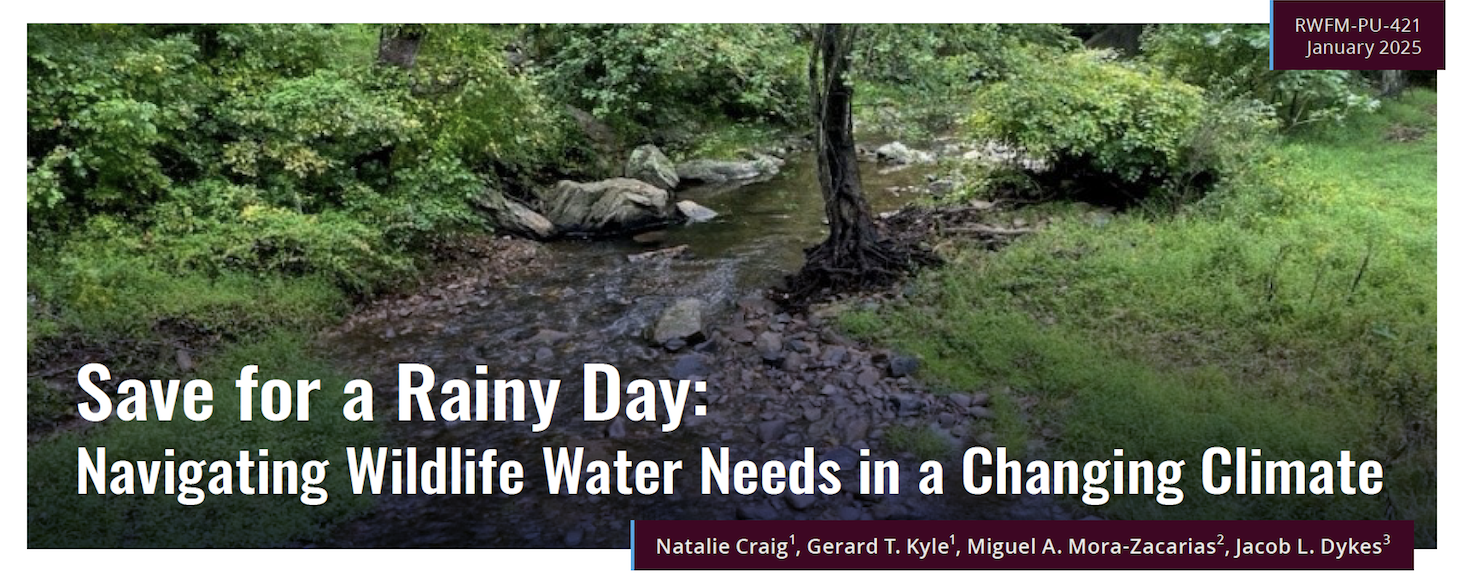 Dr. Jacob Dykes and colleagues have recently published a factsheet exploring the diversity of wildlife using free water sources in arid environments in Far West Texas. As we know in that neck of the world, access to water is crucial. As extreme climatic events and variability intensify spurring flash droughts, dry spells, and extended drought conditions, the availability and predictability of water sources is becoming increasingly unpredictable and that much more of a priority.
Dr. Jacob Dykes and colleagues have recently published a factsheet exploring the diversity of wildlife using free water sources in arid environments in Far West Texas. As we know in that neck of the world, access to water is crucial. As extreme climatic events and variability intensify spurring flash droughts, dry spells, and extended drought conditions, the availability and predictability of water sources is becoming increasingly unpredictable and that much more of a priority.
This recent case study published by Texas A&M AgriLife Extension Service Department of Rangeland, Wildlife and Fisheries led by Dr. Jacob Dykes investigated the diversity of wildlife species that rely on natural springs—free water sources like standing water bodies—for survival. This unique approach to quantifying the importance of water spring sources tracks both the species and frequency of wildlife visits to three specific springs, analyzes the impact of Texas rainfall, and outlines recommended water needs for various species.
Most importantly, researchers provide valuable strategies for creating supplemental free water sources as well as projected changes of annual precipitation (%) for the mid-21st century and recommended water-source distribution according to animal groups. Learn how to support wildlife in extremely variable environments by reading the full study here!